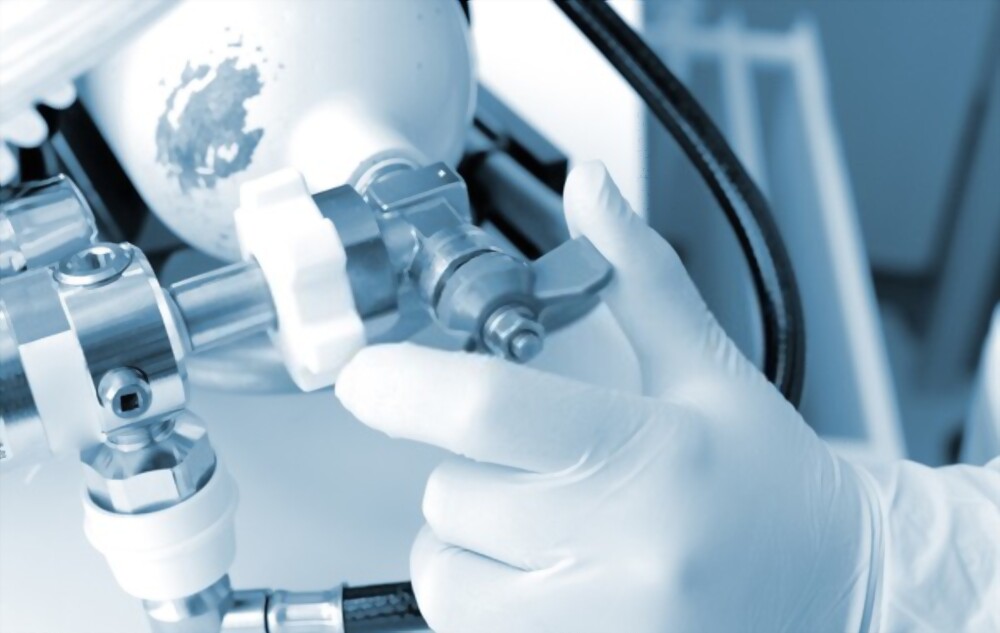In healthcare, every second counts when it comes to saving lives. Emergencies require quick and efficient interventions, and one crucial component that plays a vital role in such scenarios is the use of medical gas cylinders. These cylindrical vessels, containing life-sustaining gases, have revolutionized emergency medicine and become indispensable tools for healthcare professionals worldwide. In this blog, we will delve into the significance of medical gas cylinders, their applications, and their life-saving impact in emergencies.
The Importance of Medical Gas Cylinders
Oxygen: The Breath of Life
When it comes to emergency care, oxygen is the most critical medical gas. Oxygen cylinders provide supplemental oxygen to patients experiencing respiratory distress or hypoxemia (low blood oxygen levels). Immediate oxygen administration can be life-saving in emergencies such as cardiac arrest, trauma, or respiratory failure. Medical gas cylinders ensure a steady oxygen supply, enabling healthcare providers to stabilize patients’ vital signs and buy precious time until further treatment can be administered.
Anesthetic Gases: Painless Procedures
Medical gas cylinders also play a crucial role in surgical settings. Anesthetic gases such as nitrous oxide, desflurane, and sevoflurane induce and maintain general anesthesia during surgical procedures. These gases are delivered through specialized anesthesia machines that rely on medical gas cylinders for their supply. This allows surgeons and anesthesiologists to perform pain-free procedures, ensuring the comfort and safety of patients undergoing surgery.
Airway Management: Clearing the Path
In emergencies, maintaining a patent airway is vital. Medical gas cylinders provide positive pressure through bag-valve masks and endotracheal tubes. By delivering compressed air or oxygen, healthcare providers can effectively ventilate patients who cannot breathe spontaneously. This intervention is crucial in respiratory distress, drowning, or severe allergic reactions, where immediate assistance is necessary to prevent further deterioration.
Medicinal Gases: Tailored Treatments
Medical gas cylinders also contain specialized medicinal gases used for targeted emergency therapies. For instance, nitric oxide treats infants with respiratory distress syndrome, while carbon dioxide is used in laparoscopic surgery to create a pneumoperitoneum. These medicinal gases are administered through precise delivery systems, ensuring accurate dosing and improving patient outcomes.
Safety Measures and Training
The handling and using medical gas cylinders demand strict adherence to safety guidelines. Healthcare professionals receive extensive training on the proper storage, transportation, and administration of medical gases. Cylinders must be stored in well-ventilated areas, secured to prevent toppling, and regularly inspected for damage or leaks. Additionally, healthcare providers are educated on recognizing and responding to gas-related emergencies, such as cylinder leaks or equipment malfunctions, to ensure the utmost safety for both patients and staff.
Advancements in Medical Gas Cylinder Technology
The field of medical gas cylinders has seen remarkable advancements in recent years. These developments have focused on improving safety, convenience, and portability, enhancing their usability in emergencies.
Lightweight and Portable Cylinders
Traditionally, medical gas cylinders were bulky and heavy, posing challenges in terms of transportation and maneuverability. However, lightweight cylinders have been introduced with advancements in materials and engineering. These portable cylinders allow easier transportation within healthcare facilities, ambulances, and even during rescue operations. The increased portability ensures medical professionals have quick access to life-saving gases wherever needed, reducing response times and improving patient outcomes.
Integrated Cylinder Monitoring Systems
To further enhance the safety and reliability of medical gas cylinders, integrated monitoring systems have been developed. These systems use smart technology to track and monitor gas levels, pressure, and location. Real-time monitoring alerts healthcare providers when a cylinder requires refilling or maintenance, preventing critical gases from running out unexpectedly. This proactive approach ensures a continuous supply of medical gases and minimizes the risk of shortages during emergencies.
Conclusion
Medical gas cylinders have revolutionized emergency medicine, serving as lifesaving tools in critical situations. These cylinders provide essential gases, such as oxygen and anesthetic gases, enabling healthcare professionals to stabilize patients, maintain airways, and perform surgical interventions. Medical gas cylinders enhance patient outcomes and improve healthcare delivery by supplying targeted therapies and facilitating pain-free procedures. However, it is crucial to emphasize that the proper handling and training associated with these cylinders are paramount to ensure their safe and effective use. As medical technology advances, medical gas cylinders will remain an indispensable part of emergency care, saving lives and empowering healthcare providers to deliver efficient and timely interventions when needed most.

